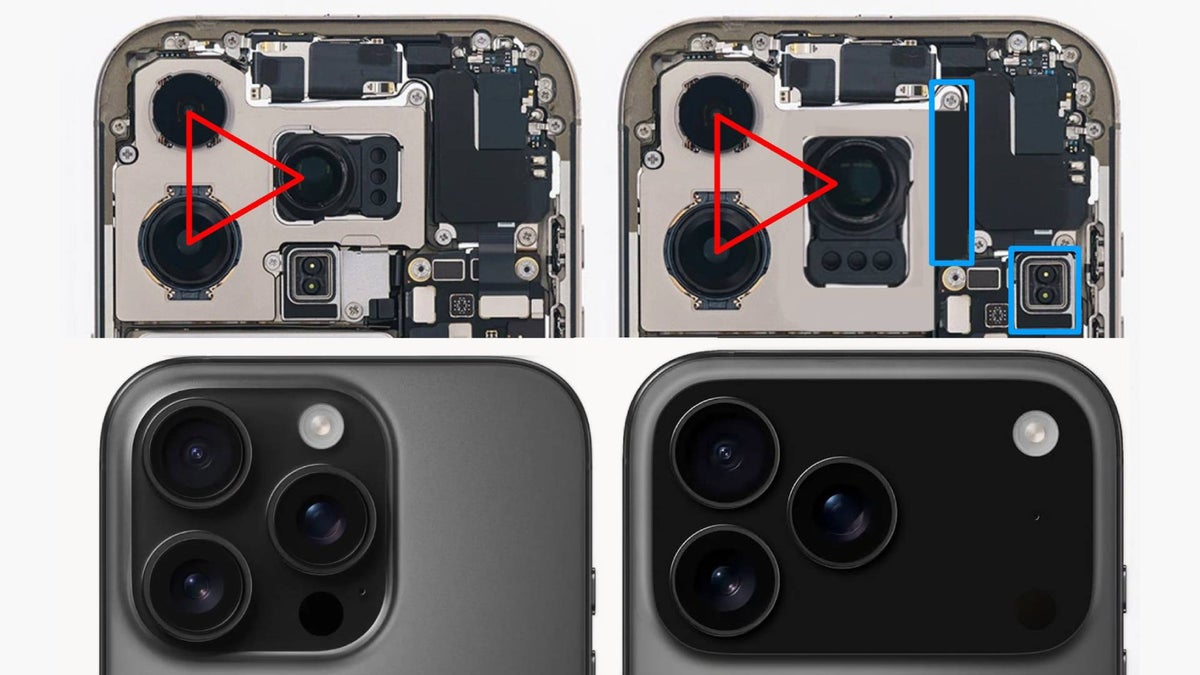Best mic preamp: microphone amplifiers for vloggers and filmmakers
How to choose the best mic preamp for improving your audio quality and extending your choice of microphones

The best mic preamps do a job that many of us may not have realized needs doing! Even if it’s just a podcast or short voice-over you need, getting a great sound doesn’t stop at which microphone you choose. Unless you’re opting for a USB mic that likely has its own power supply, you’ll probably need a preamp. Mic preamps (pre-amplifiers) work by boosting the microphone (or instrument) signal before it reaches a recording device such as a laptop or other computer.
Over the past few years many of us have taken to creating online content such as videos for YouTube, streaming on Twitch, or even just boosted the home setup up a notch by improving our equipment and layout. However, while many turn to the best cameras and lenses for capturing professional-quality video, audio is often an afterthought but can actually make a massive difference to the perceived quality of content.
The benefit of using a preamp is that it expands the selection of microphones we can use that require their own power, hence there are a wider range of high quality microphones available that can push audio quality right up into professional-grade levels.
Modern preamps work not just by boosting signal but also filtering it. High-pass (or low-cut) filters can attenuate low-end frequency interference and are particularly useful for eliminating the proximity effect which we get when speaking into a mic at close-range. Phantom power is useful for providing power to condenser microphones which are often more sensitive and clear than dynamic mics. Then, additional filters such as equalizers or sound pads are used to polish and/or reduce signal appropriately when the audio is too loud or quiet.
Budget and size will likely play the biggest part in what preamp you choose, but also keep an eye out for how many channels it can handle, as this will determine the maximum number of audio channels you can record at once. Some preamps also feature tubes (aka valves) which provide a timeless quality by warming up the signal, adding flattering distortion and drive to the audio.
We’ve focused our attention on one- or two-channel preamps that are perfect for voice-overs for video, podcasts, or live streaming for one to two people in conversation (or even the odd instrument backing track).
The best mic preamps
Why you can trust Digital Camera World

1. Presonus TubePre V2 Preamp
Specifications
Reasons to buy
Reasons to avoid
This neat little unit is a single channel preamp designed for one input at a time, appealing to vloggers, or those requiring voice overs or that want to record a single instrument for backing tracks. Available are two options for input, either a balanced male XLR or quarter-inch TS jack that works as a DI box too for instruments such as guitar or bass.
An XMAX Class A preamp input stage combined with a 12AX7 dual-servo vacuum tube output provides a warm timbre and allows for high gain without introducing significant noise. Controls on the front feature an 80Hz high-pass filter (ideal for removing proximity effect on mics) , an instrument input select button, polarity-reverse switch, clip LED, and a retro-feeling backlit VU meter. Drive and gain pots control input balancing.

2. Focusrite Scarlett 2i2 3rd Gen
Specifications
Reasons to buy
Reasons to avoid
This attractive interface has two preamps on hybrid connection ports that support both XLR and quarter-inch TRS jacks in a bid to reduce the physical size of the unit. Focusrite is well known for its high quality preamps and the introduction of the Air button on this third gen model boosts high-end frequencies for increased detail.
Powered entirely by USB-C this plugs straight into existing systems and gives instant visual feedback on input gain with the halo metering LEDs that surround the input controls. A direct monitor button allows the user to hear input signal with zero latency – very useful for voice-overs where delayed playback over headphones can put the subject off.
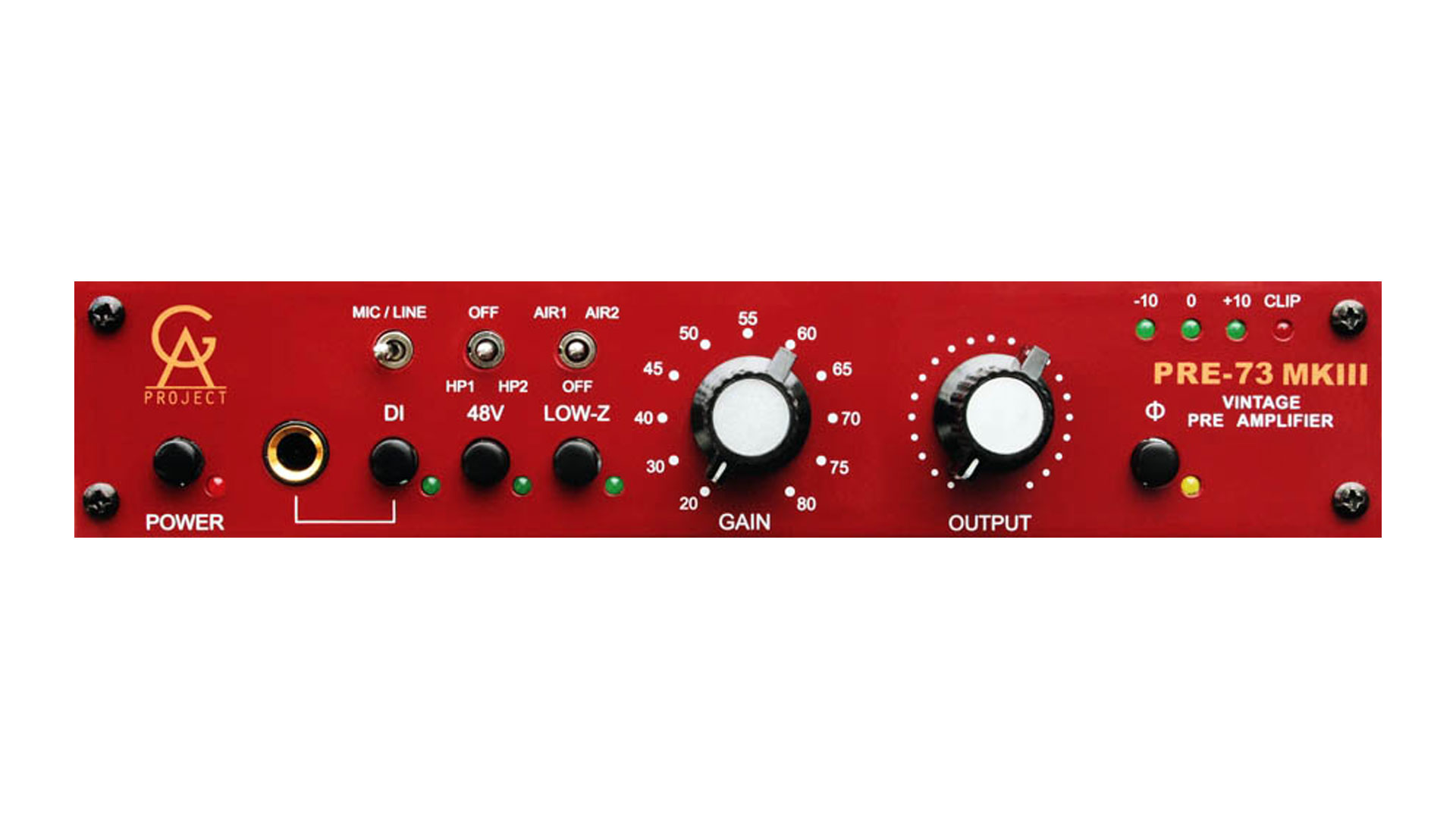
3. Golden Age Project PRE-73 Mk III
Specifications
Reasons to buy
Reasons to avoid
A throwback to how audio components were put together before integrated circuits became the norm, this preamp focuses on setting a vintage style sound with thanks in part to its similarity with the classic 1073 module known for its punchy, sweet, warmth. Large, satisfying gain and output knobs are complemented by the retro metal switches for mic/line, high pass filters, and Air modes which add high-end clarity.
A useful four-stage LED array displays input gain and an insert connector on the rear allows for other audio processing modules to be connected for greater such as equalizers or compressors, for even greater control.
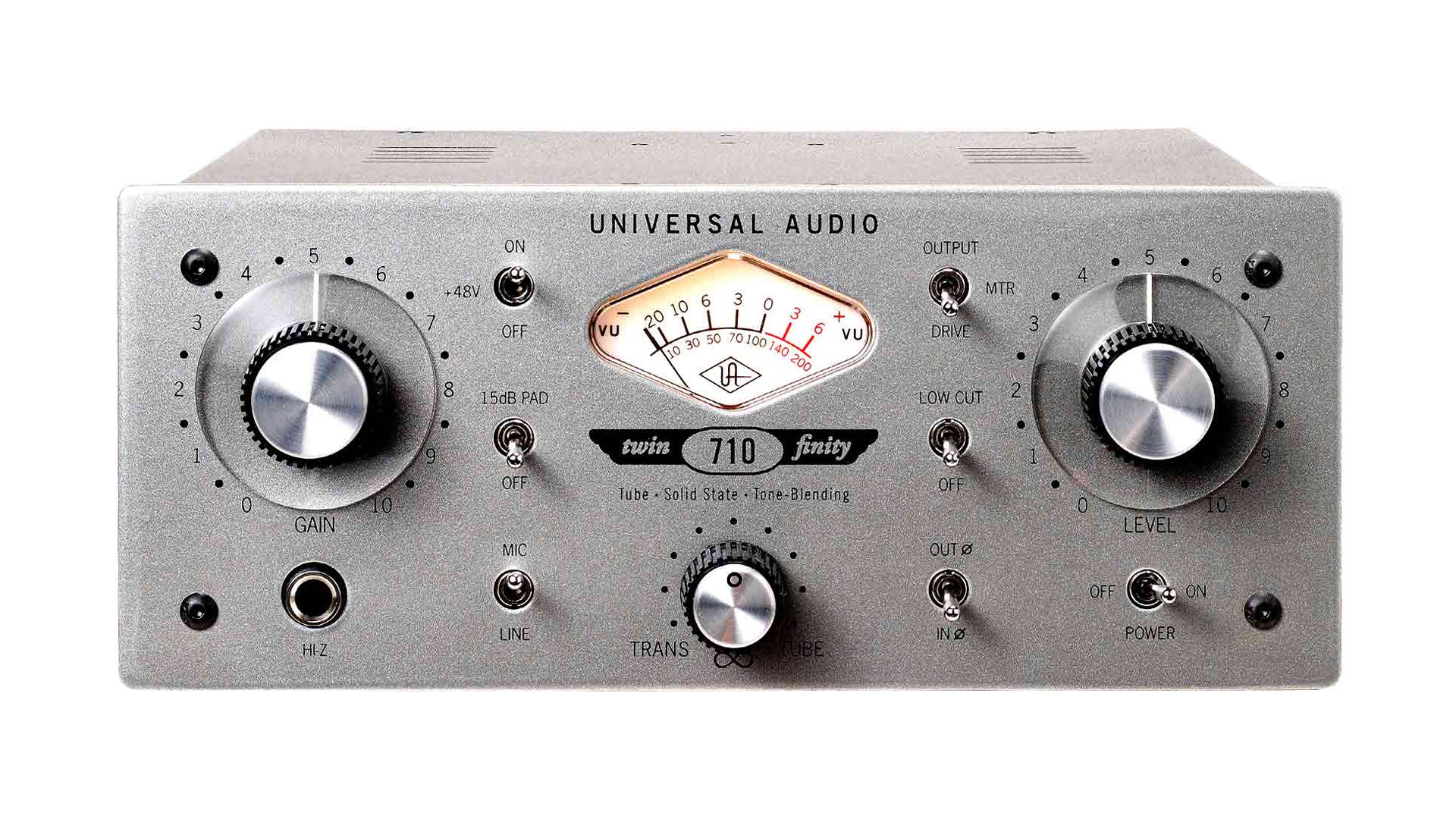
4. Universal Audio 710 Twin-Finity Tone-Blending Mic Preamp and DI Box
Specifications
Reasons to buy
Reasons to avoid
This single channel preamp also doubles as a DI box with a “HI-Z” instrument line-in. Astoundingly beautiful, this all-metal constructed model comes with chunky control knobs, a retro VU meter, and metal switches to control tone, gain, and filters.
A control knob in the center blends the sound processed by either transistors or tubes for when users either want a more clean, pristine sound or something warmer and fuzzier. A -15dB pad, drive control, and a low cut filter helps to filter signals before reaching the recording device for a more polished tone.
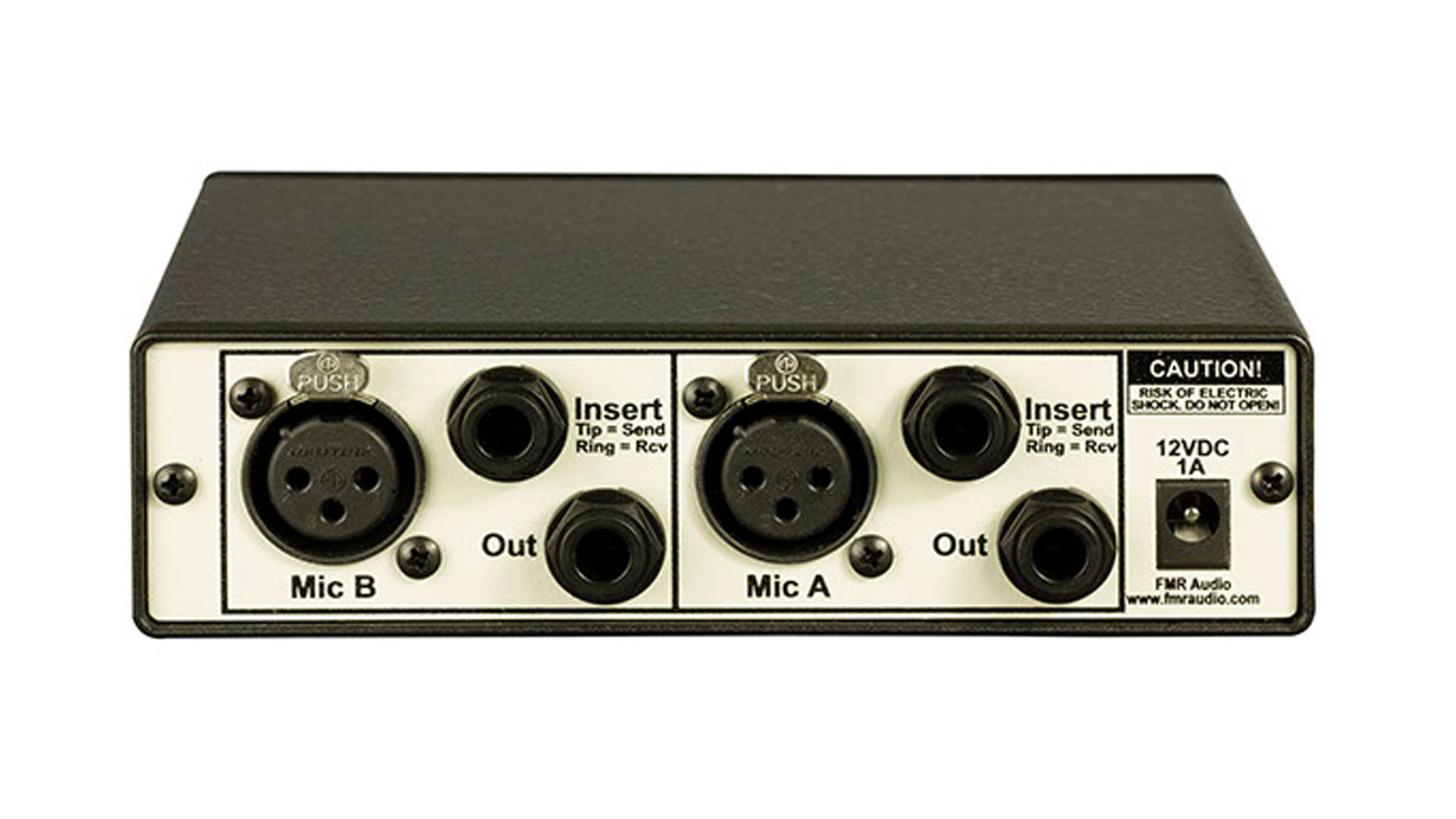
5. FMR Audio RNP8380 Really Nice Preamp
Specifications
Reasons to buy
Reasons to avoid
Looking like it’s been born in a science lab, this preamp is, perhaps unsurprisingly, attempting to capture a clean, neutral signal tone without becoming too impersonal. Although a little more costly than other lower budget two channel preamps the RNP8380 features two preamps (one per channel) and has both balanced XLR mic inputs and unbalanced TS quarter-inch jack inputs for line-in and instruments.
There’s a TRS insert connector on the rear which can be used to introduce additional audio hardware such as compressors, reverb, or equalizers for greater influence over the sound before it reaches the recording device.
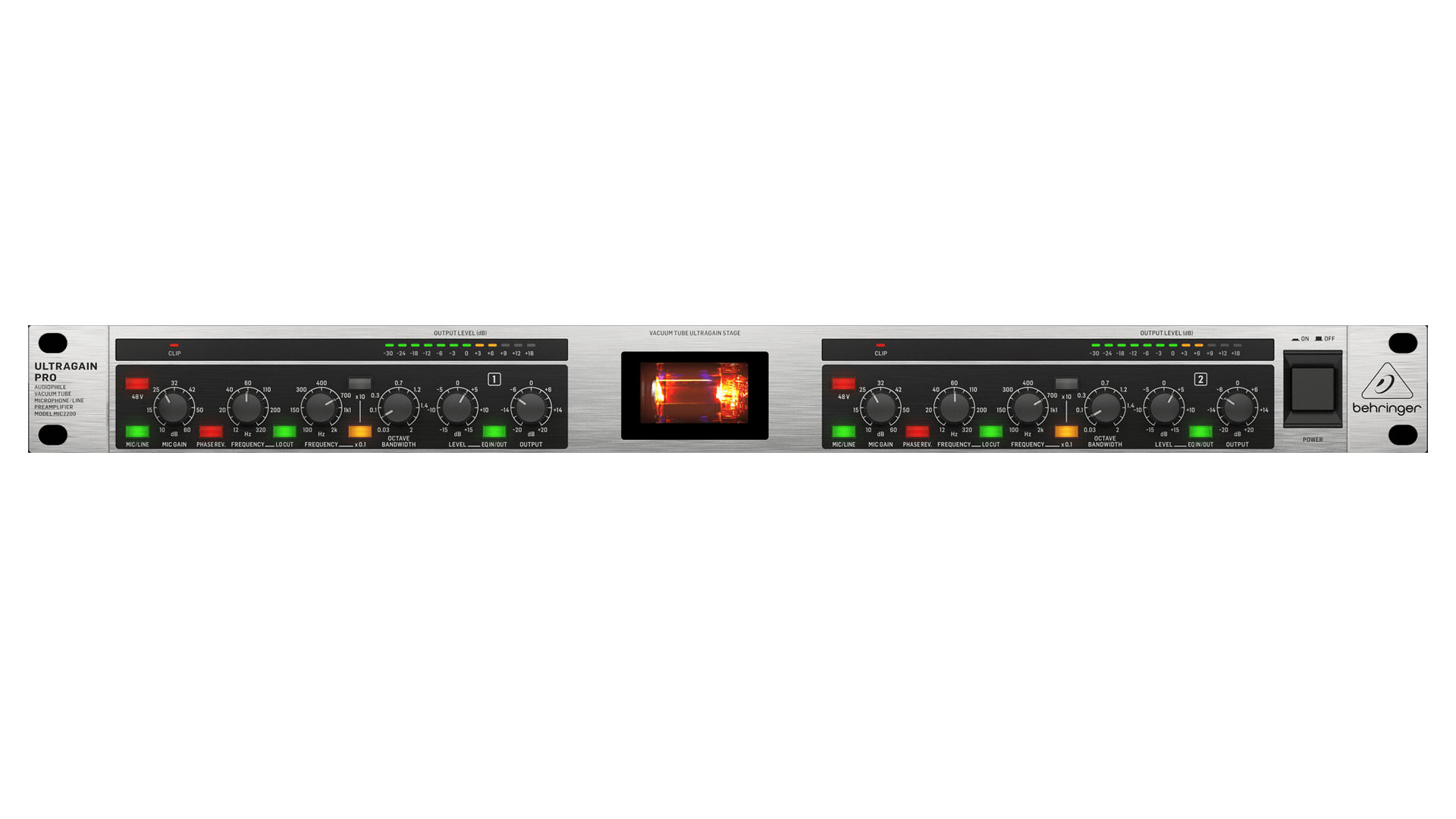
6. Behringer MIC2200
Specifications
Reasons to buy
Reasons to avoid
Coming in on the larger side, this rack-mounted style preamp is reminiscent of higher channel interfaces for instrument recording, but actually features just two channels. Within this, though, there’s an ultra-wide bandwidth from 10Hz - 200kHz, far beyond the limits of human hearing, designed to capture a clear, open sound before processing begins.
An integrated parametric equalizer and a multi-LED output level display allows for better control over tone and gain. A separate clip LED shows users whether the signal has distorted, too. A low cut filter can be switched on and off to clear up low-end resonance. Definitely a budget-friendly option, this model is designed for those who want more oomph from their mics without spending too much.
Read more:
• Best microphones
• Best budget microphones
• Best XLR mics
• Best USB mics
• Best audio recorders
• Best audio editing software
• Best audio recorder
• Best microphone isolation shield
• Best microphone boom arm
Get the Digital Camera World Newsletter
The best camera deals, reviews, product advice, and unmissable photography news, direct to your inbox!
Jase Parnell-Brookes is an award-winning photographer, educator and writer based in the UK. They won the Gold Prize award in the Nikon Photo Contest 2018/19 and was named Digital Photographer of the Year in 2014. After completing their Masters Jase has spent a good chunk of two decades studying and working in photography and optics shooting and writing all over the world for big-name brands and media outlets. Now the Channel Editor for Cameras and Skywatching at Space.com their speciality is in low light optics and camera systems.

